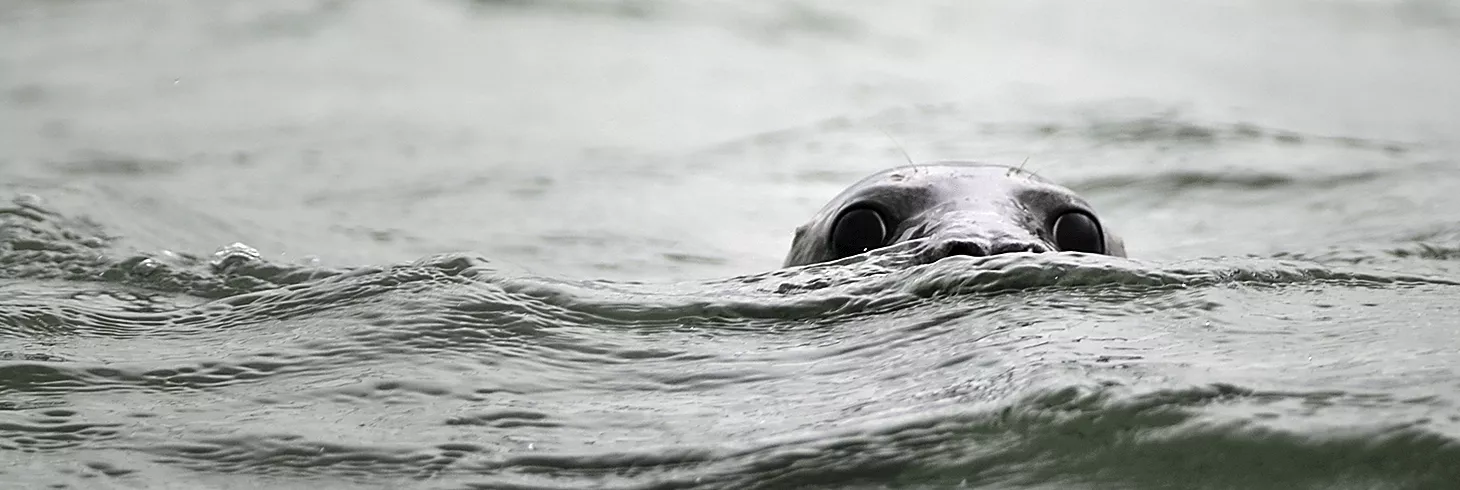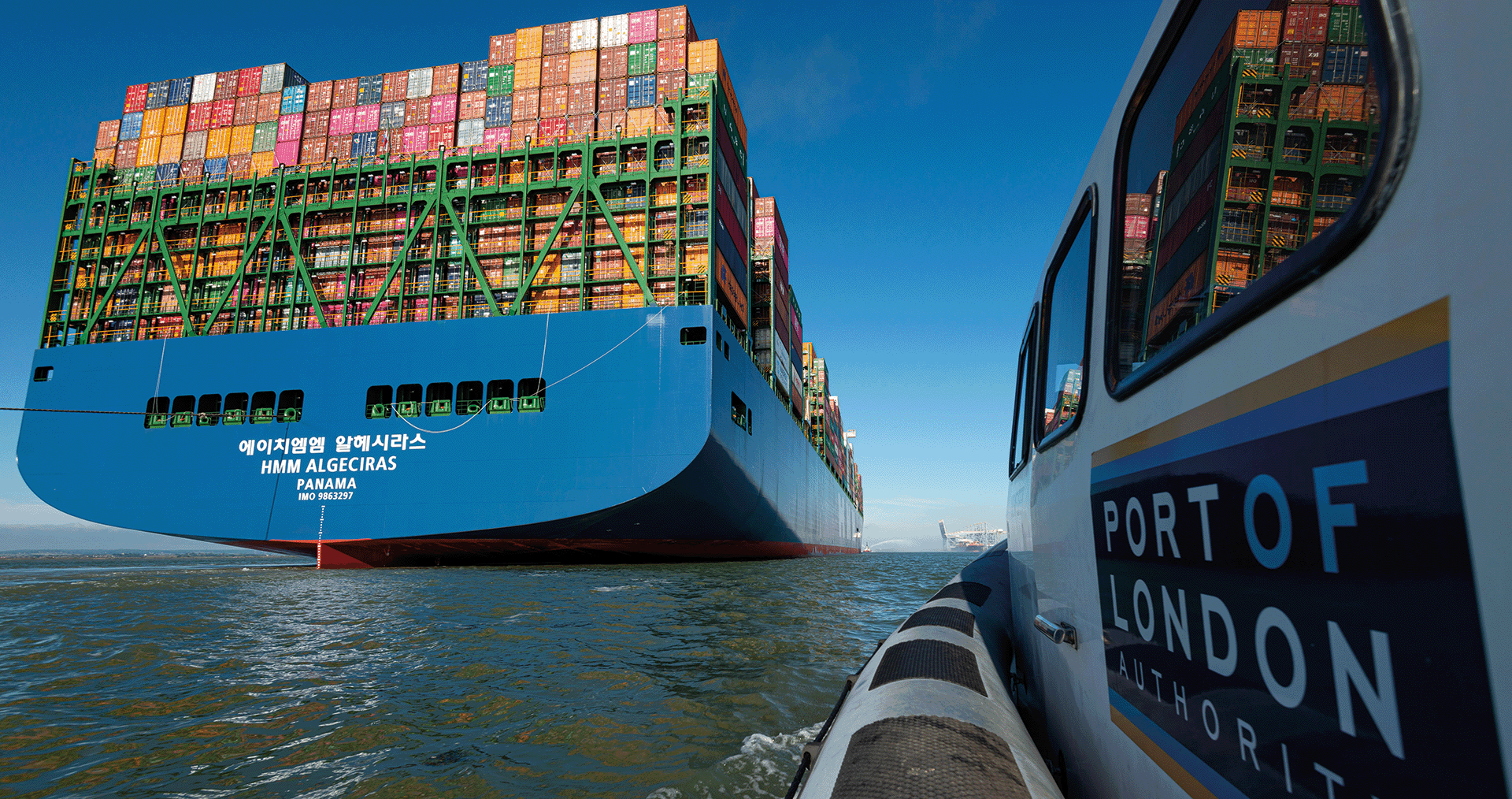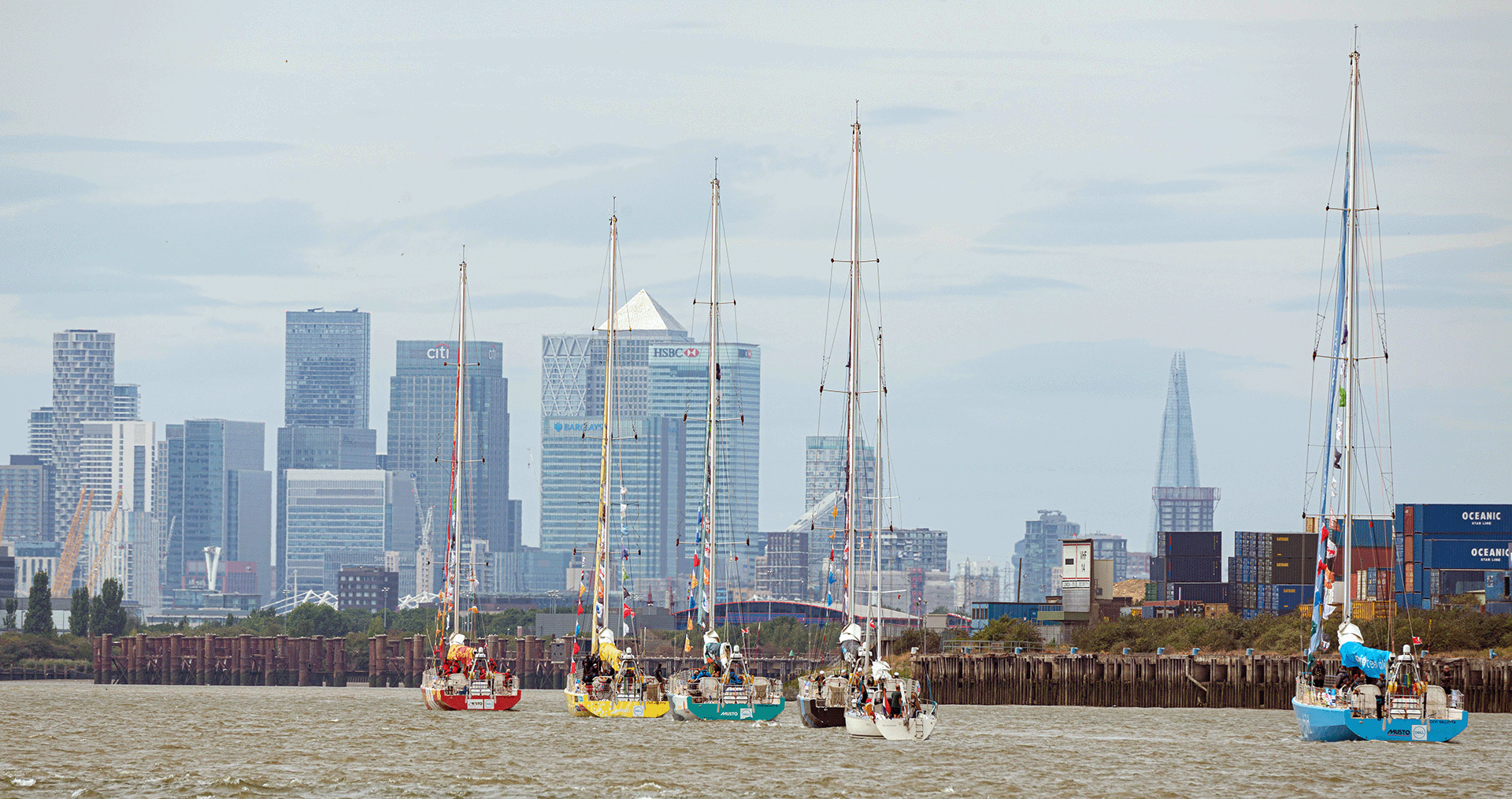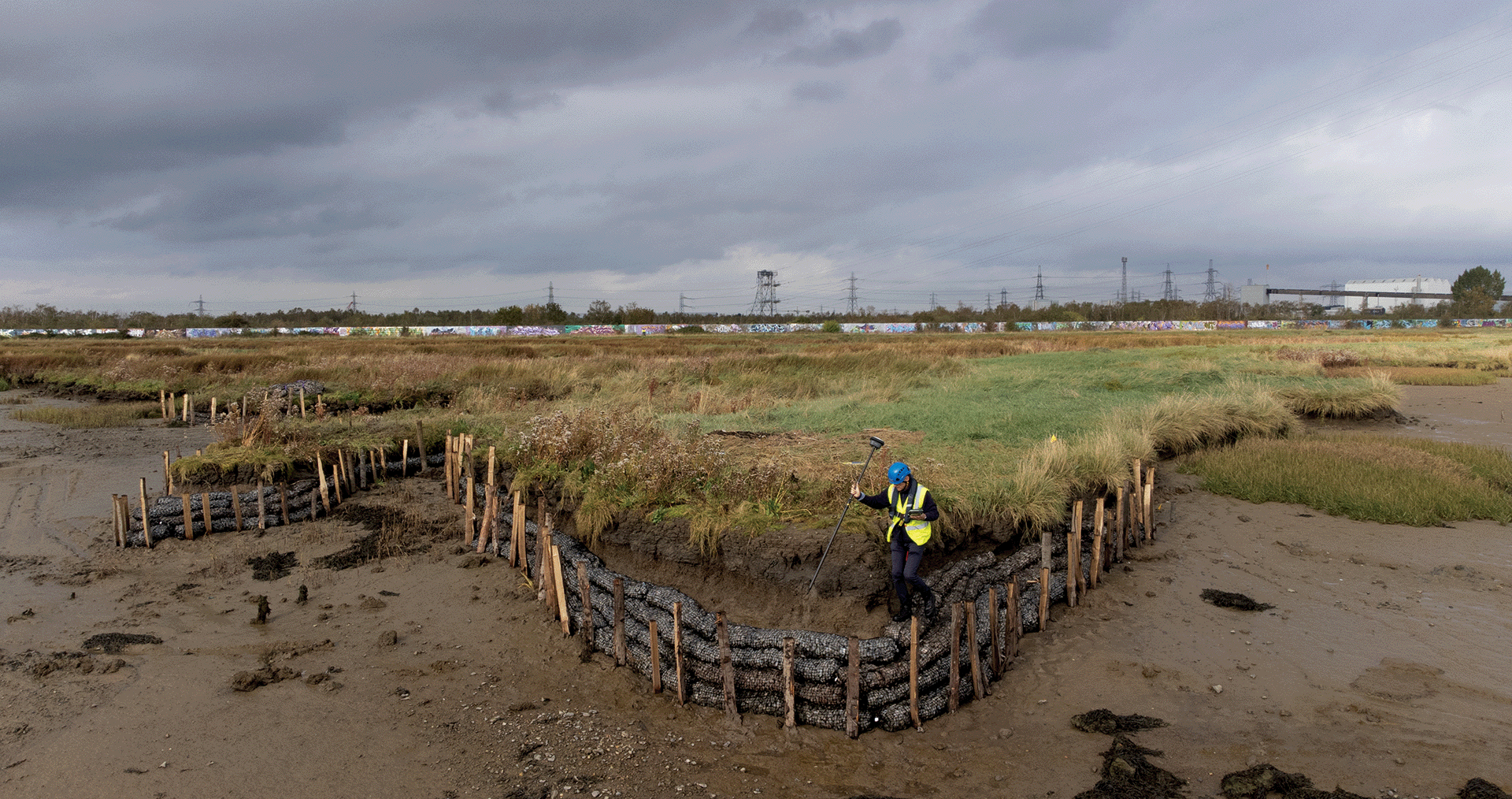Live Tides
NOTICES TO MARINERS
Charts & Surveys

Incident reporting
Life-threatening emergencies on the river:
Call 999 and ask for the Coastguard
For near miss, safety observations and incident reporting click below

Natural Thames
Our 2050 Vision is of a clean river, free of sewage, waste and other pollution, supporting greater biodiversity and recreational use.
Valued for its clean air, natural flood defence, wildlife and as a carbon sink.
Improving and extending estuarine habitats, protection from flooding, capturing carbon and nutrients.
Tackling emerging pollutants in the water and sediment, from plastic debris to new chemicals.

Voices from the river
We asked key partners to share their views on the future prospects for the Thames as a natural haven.
• Anna Cucknell, ZSL
• Marc Outten, RSPB
• Charlie Wood, Environment Agency
RESEARCH FINDINGS
The outlook for Natural Thames draws on key pieces of research.
STATE OF THE THAMES
The Zoological Society of London’s (ZSL) first tidal Thames ‘health check’ found positive trends for wildlife, and ecosystem health, but highlighted pollution and climate change threats.
Concerns were flagged around climate change impacts, including an increase in the temperature of the capital’s waterway due to climate change of an average 0.2⁰C per year, combined with associated sea-level rises.
POST GRADUATE RESEARCH INTO MICROPLASTICS IN THE RIVER
Joint research undertaken by Natural History Museum, Royal Holloway, University of London and ZSL.
In line with ZSL’s findings, we expect the river to change as a result of climate impacts. It will become warmer, waves will become bigger, flooding will increase, and sea levels rise.
By 2050, the locations of marine, brackish and freshwater could change as water entering via the rivers and drains joining it continue to change.
This will affect the distribution of vegetation, invertebrates and fish within the water, altering the behaviour of the animals that prey on them.
The UN is reporting globally unprecedented declines in nature which will impact the Thames’ migrating populations for birds, fish and mammals. Internationally predictions are that there will be more plastic than fish in the sea by 2050, unless radical act
Studies by postgraduate students at Royal Holloway, University of London, bear this out on the Thames. They found that microplastics are present in high quantities throughout the tidal Thames and are being ingested by wildlife. These plastics include fibres from washing machine outflows and potentially from sewage outfalls, as well as fragments from the breakup of larger plastics, such as packaging items that are most abundant in the water.
We expect a wider pattern of change in habitats and species; some existing species may adapt, others may be driven out, extreme weather will damage habitats and also remove habitats entirely.
Habitat restoration and improvement is a priority. Major works were completed in Essex and Kent in 2018 by the RSPB, supported by the PLA; we are also restoring a saltmarsh Site of Special Scientific Interest in Thurrock, eroded by the loss of coastal habitats in front of sea defences, returning it to 1990s extent.
London Gateway has completed works in Cliffe, Kent as part of compensation habitat development, with a managed retreat of the flood wall, creating space for water and wildlife.
New pollutants like brake dust, microplastics and fire retardants are being found in the food chain, with marine environments a route for their transfer. We will work with partners to tackle this, in line with UN Sustainable Development Goal 6.3 “eliminating dumping and minimising release of hazardous chemicals and materials, halving the proportion of untreated wastewater and substantially increasing recycling and safe reuse”
River and riverside developments are expected as a result of growth in both Trading and Destination Thames activities. The Natural Thames could benefit as a result, with Biodiversity Net Gain requiring that there is an overall increase in habitats adversely affected by development.
The Natural Thames is a major draw for people, for day-to-day riverside strolls, or longer walks, for example on the newly opened stretch of the England Coast Path, connecting central London to the north Kent coast.
The Thames attracts significant community volunteering to help protect and enhance the river and riverside. Working with partners including Thames21 on volunteer foreshore clean ups, we expect these types of activity to continue and grow, resulting in a progressively cleaner environment.
The improving health of the Natural Thames will result from close partnership working and application of new technologies, providing benefits across resilience, access and inclusion.
SPOTLIGHT ON
Thames Tideway Tunnel
The Thames is the UK’s largest port by volume of cargo handled. It sustains more than 48,000 full time equivalent jobs and an annual gross economic value added in excess of £4 billion.
Tideway is in the process of completing the Thames Tideway Tunnel, a new 15-mile-long super sewer up to 65 metres deep and seven metres wide under the river. When complete in 2025, the tunnel will transform the quality of the tidal Thames waters, capturing millions of tonnes of sewage that currently end up in the river due to a lack of capacity in the capital’s existing, predominantly Victorian, sewerage network.
The £4.1 billion scheme will benefit all those who use the Thames and the wildlife to which it is home. In addition to cleaning the river, the project’s legacy will include several new riverside public spaces, created in the tunnel’s construction.
Explore the Thames Vision 2050
The Thames Vision is built around three interconnected themes, centred on the role the river plays for people and the environment.
The No. 1 Net Zero UK commercial hub
The country’s largest and most competitive port, closest to the UK’s biggest market, producing Net Zero emissions. Improved connectivity to road and rail infrastructure. Technologically innovative, expanding the transportation of light freight into central London as urban logistics transform.
A place to live, visit, play and enjoy

Accessible to all, a national and international icon for the city and the country. More visitors, drawn to the river as the best way to enjoy London and the Thames Estuary, and its many cultural attractions. More people from diverse backgrounds enjoying sport and leisure opportunities on the Thames.
Clear air, water and land

A clean river, free of sewage, waste and other pollution, supporting greater biodiversity and recreational use. Valued for its clean air, natural flood defence, wildlife and as a carbon sink.
Discover


